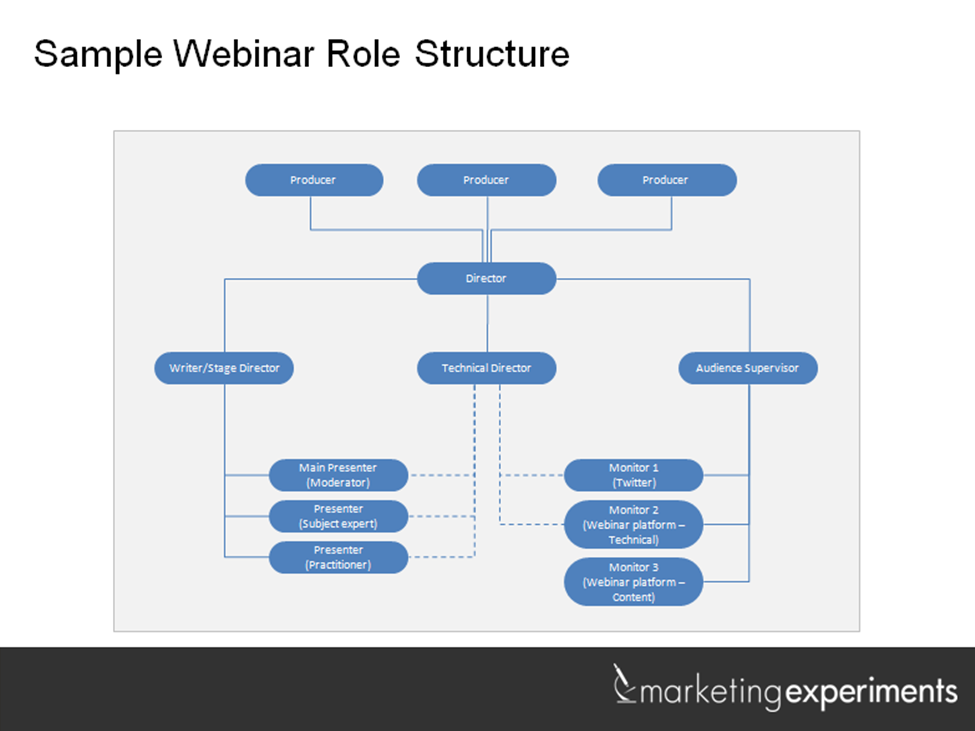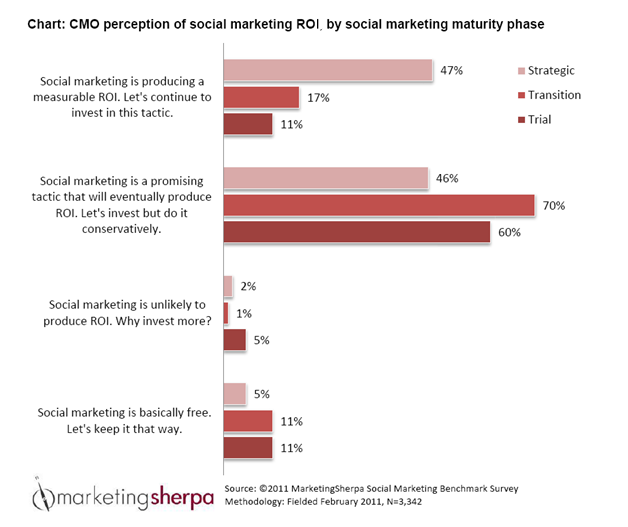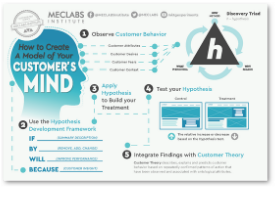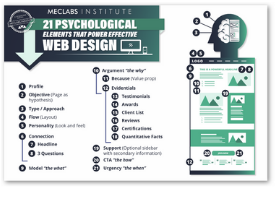I n a time of overall economic uncertainty, when there is shrinking demand for everything from big box stores to diagnostic imaging, where can marketers find a market for growth?
n a time of overall economic uncertainty, when there is shrinking demand for everything from big box stores to diagnostic imaging, where can marketers find a market for growth?
Simply put, there is green in being green. The global market for green products is projected to hit $3.5 trillion by 2017. How often do you hear the word “trillion” used outside of talks about the national debt?
But notice I use the word “being” in the above sentence. It is no longer good enough to simply “appear” green, you must come through on that marketing promise.
“Transparency is the new privacy,” according to Alina Wheeler, author of Brand Atlas and Designing Brand Identity. “Consumers can access product information, labor practices, and environmental compliance in a few keystrokes. Bloggers reviewing products hold nothing back. Word of mouth can break a brand. A company’s reputation is valuable and can be ruined by a false representation of the product.”
Not only might the government punish you for greenwashing, customers will too, according to the 2011 Cone Green Gap Trend Tracker:
Most Americans are willing to punish a company for using misleading claims. Of the 71 percent who will stop buying the product if they feel misled by an environmental claim, more than a third (37%) will go so far as to boycott the company’s products.
Ouch. Sounds like a jilted lover. So how do you take advantage of this huge market opportunity while avoiding turning any of your customers into bunny boilers? In this blog post, I’d like to help your company answer two questions:
- Are we guilty of greenwashing now without even realizing it?
- How can we best express our green value proposition?
Green rinse, wash, but whatever you do, don’t repeat
Green marketing is no easy task for the simple reason that there is no one clear definition of what it actually means to be green. For example, is a Barbie doll green simply because the doll comes with a purse made out of recycled material? After all, the doll is made out of plastic (which comes from petroleum) and is wrapped in plastic.
Perhaps that’s why, when TerraChoice studied this topic last year, it found that (of 5,000 retail items studied), every single toy and 95% of home and family products had at least one eco-friendly claim that turned out to be misleading or false.
So maybe you’ve unintentionally accidently stumbled into this trap once or twice in the past. How can you avoid it going forward?
Eric Corey Freed, an expert on green design and green products, gave me this six-step checklist to help you evaluate your marketing efforts:
6 signs you may be greenwashing
1. Jargon: An environmental statement should be clear and concise. If you are using a lot of confusing jargon or technical terms, then dig a little deeper if you really do have a simple, green message for your customers.
2. Fake friends: If your company cannot obtain a legitimate and respected certification from the USDA’s Organic Program or the U.S. Green Building Council, don’t seek to obtain certification from Photoshop. Don’t create your own. Consumers are wary of labels, seals or awards that seem fake or made-up.
3. Tiny amounts: Just containing recycled content is not enough. Don’t claim to be green if your products contain only 4% recycled content, especially if the raw material is not green to begin with (i.e.: recycled vinyl).
4. Running alone: One green product line out of dozens of non-green ones is green washing. If this one line of products is your “green” line, what would you call your other products? The toxic line? Beware of trying to appease people with little effort.
5. Suggestive ads: Don’t paint a picture of perfection. Don’t show images of flowers flowing out of a tailpipe, or rainbows terminating with a pot of your product. Simply painting a green happy face does not make a product green.
6. LEED Certified: The impossible claim. Buildings get certified, not products. There is no such thing as a LEED-certified product. Beware of claiming that your products are certified and just slapping on on the official seal of the U.S. Green Building Council. It may just be that your company is a member, not certified.
Effectively expressing your green value proposition
That’s a pretty harsh list of what not to do. And hopefully it helps you avoid any warning letters or fines from the Federal Trade Commission.
But, assuming you have a legitimate green value proposition, how do you communicate it to your audience? Here are two factors to consider:
Anxiety reducers: In testing we’ve conducted through MarketingExperiments, we’ve found that including anxiety reducers in the form of customer testimonials, industry awards, and privacy policy logos can significantly increase conversion. In the green world, those anxiety reducers tend to come from third-party certification seals.
“We’re a third-party verifier of environmental claims, so we believe that getting certified to an independent standard is the best way to prove that your product is truly sustainable,” said Nick Kordesch, Communications Associate, Scientific Certification Systems. “If you’re Home Depot, for instance, and you get your wood products third-party certified to the Forest Stewardship Council’s well-respected standard for responsible forestry, you gain instant credibility.”
Heck, even McDonald’s is beginning to dip a toe in the green pool, Kordesch says.
“McDonald’s just got their EU restaurants certified to the Marine Stewardship Council standard for sustainable seafood. They haven’t been seen as a ‘green’ company, but aligning with a strong standard gives them credibility.”
Alina Wheeler agrees. “As the proliferation of choices grows exponentially, consumers are looking for ways to facilitate their decisions and align their values with their purchases. Which products and companies should they trust? Which brands are environmentally and socially responsible? Certification matters.”
However, a lot of smaller businesses don’t have the resources to get certified. What does Nick advise in those situations?
“Small businesses should make sure that any green claims they are making are specific and can be proven. If you claim that a product is ‘eco-friendly,’ it’s really hard to back up that claim. If you say your product was made from recycled content, you could prove that pretty clearly.”
Value enhancers: Here’s a place where I see a major opportunity for green marketers. Sure, there are the greenwashers. But on the flip side, many companies aren’t doing enough to effectively communicate the value of the many green initiatives they are already taking.
This isn’t unique to green marketing, of course. Through MarketingExperiments research, we’ve found that many companies have difficulties expressing their value proposition. For example, in a bedding company homepage we optimized in a Web clinic about powerful value propositions (it’s about half way down the page). The value proposition was buried in a long, complex sentence that probably was skipped over by most visitors.
If you do have green bona fides, don’t shy away from expressing them. One way to do that is by getting your staff involved.
Or move to the next level and jump in with two feet. Build your entire company narrative around sustainability. Spearhead a green team. Get manufacturing, customer service, human resources, and senior buying managers involved.
Once you’re created strong plot points, tell that story through every customer touch point you have.
“Patagonia is viewed as a top-tier sustainable marketer because they’ve really lived their sustainability messaging. They are consistently exceeding requirements and leading the way in terms of organic cotton, textile recycling, and supporting green causes. Their customers don’t have much anxiety about their green claims,” Nick Kordesch said.
And they tell that story well. On their homepage, they have a separate tab just for environmentalism (out of only four tabs). They sell songs to benefit the environment. And even though they are selling clothing, they talk about the importance of clean water.
Of course, if you have a strong story to tell, look past your own homepage. There is a passionate audience out there looking for green solutions, so this is an excellent chance to build strong word of mouth.
“Once the company is secure in its green bonafides, I’d develop a social media campaign that engages identified green bloggers and seed them with the product/service,” said Tom Augenthaler, author of Social Media Judo.
“At this point, the product should have been vetted by third parties and feedback taken and incorporated to improve/tweak the product, so the blog posts should be rather positive. This will greatly help the readers feel confident that they are buying something that is truly green and therefore worthwhile.”
In the end, to remix a quote from another Michael Douglas movie, “Green, for a lack of a better word, is good.” It’s a good way to connect with your customers. It’s good for the bottom line. And, heck, it’s a good thing to brag about to your kids when you get home.
After all, it’s their world. We’re just holding it in safe keeping for a few years.
Related resources
FTC Green Guides
Terrachoice’s “6 Sins of Greenwashing”
Corporate Social Responsibility, Meet Transparency
Members Library — Don’t Make These Common Green Marketing Mistakes
Landing Page Optimization: Clean air or a free backpack? (Which is the bigger incentive for Sierra Club members?)
Photo by Looking Glass











